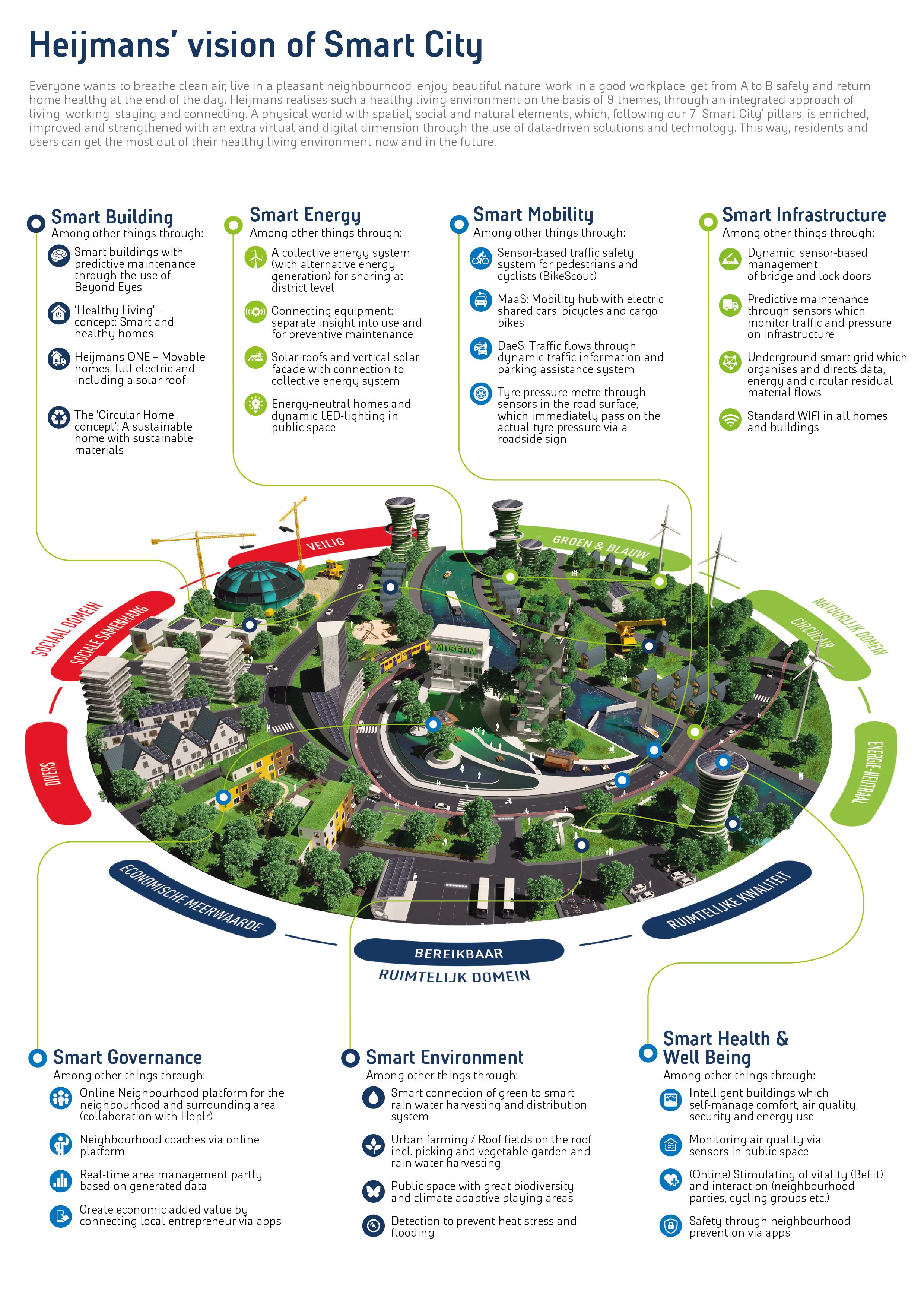Differentiating potential
The work we do is becoming more and more complex. We want to offer smart solutions, matching the issues we face today and will face tomorrow. The aim on this front is twofold: on the one hand, we want to optimise our internal processes, while on the other, we want to create added value through new business models and insights for our clients. But we also ran into limits last year, due to the nitrogen emissions crisis, the scarcity of space, materials and people, and the sustainability challenge. These constraints affect both ourselves and our clients, which is why we are focusing more strongly than ever on digitalisation. We want to continue to develop our design and production process even more quickly. Partly because we are faced with a major housing challenge and because we are seeing a shift in infra from new construction to replacement and renovation contracts that require smart solutions. This means that we are prioritising the digitalisation of our basic processes. Innovating and optimising these processes will enable us to respond more effectively and sustainably to major social challenges, including the increasing scarcity in the labour market. This will in turn enable us to also meet client demands on the affordability front. Digitalisation makes our design and production processes more affordable on all fronts and, in most cases, also more sustainable and safer.
Smart City
Under the name ‘Smart City’, Heijmans provides smart solutions for a healthy living environment. This revolves around connecting the physical world with the digital world by combining solutions for themes such as air quality, mobility, energy monitoring, safety and health, combining sensor technology, measurement, connectivity and ecology. In recent years, we have gained a great deal of experience in some leading example projects, our showcases. In these projects, we combine all our know-how and expertise and we use our integrated approach to optimum effect. These include the Maanwijk project in Leusden (now completed), Park Vijfsluizen in Vlaardingen and Parijsch in Culemborg. Another good example is the Greenville residential complex in Utrecht Leidsche Rijn Centrum. In the latter project, residents can charge their electric cars via solar panels on the roof. The bi-directional charging station, which allows you to charge and discharge, can also return energy to the residents’ homes.
In cooperation with the public sector, knowledge institutions, market players, local entrepreneurs and residents, we ensured that the ambition to realise a healthy living environment was actually put into action. Smart City is now a permanent part of our approach to area development projects.
Hive
In our Hive innovation centre, people from every part of the organisation work together on innovative solutions. This community of business developers, data scientists, software architects and developers and marketing specialists work together to exchange ideas and knowledge and learn from each other. A key development step is more commitment to a shared digital base structure instead of separate system developments for new products. This is because a shared infrastructure enables us to combine data from different propositions, while also being more cost-efficient. By combining existing services and products in this way, we create a solid basis to build on. In the Hive, we have created the conditions that will enable us to do this, across business areas and in co-creation with IT. This collaboration and connection enables us to bring innovative products to market more quickly.

Robotic Automation
We are currently in the process of rolling out Robotic Automation in procurement and other areas. This allows suppliers to view their invoice status via a supplier portal. And we ourselves have continuous real-time insight into order flows. We set the system up last year and it replaces manual work. This creates room for us to deploy people more effectively and reduce their workload.